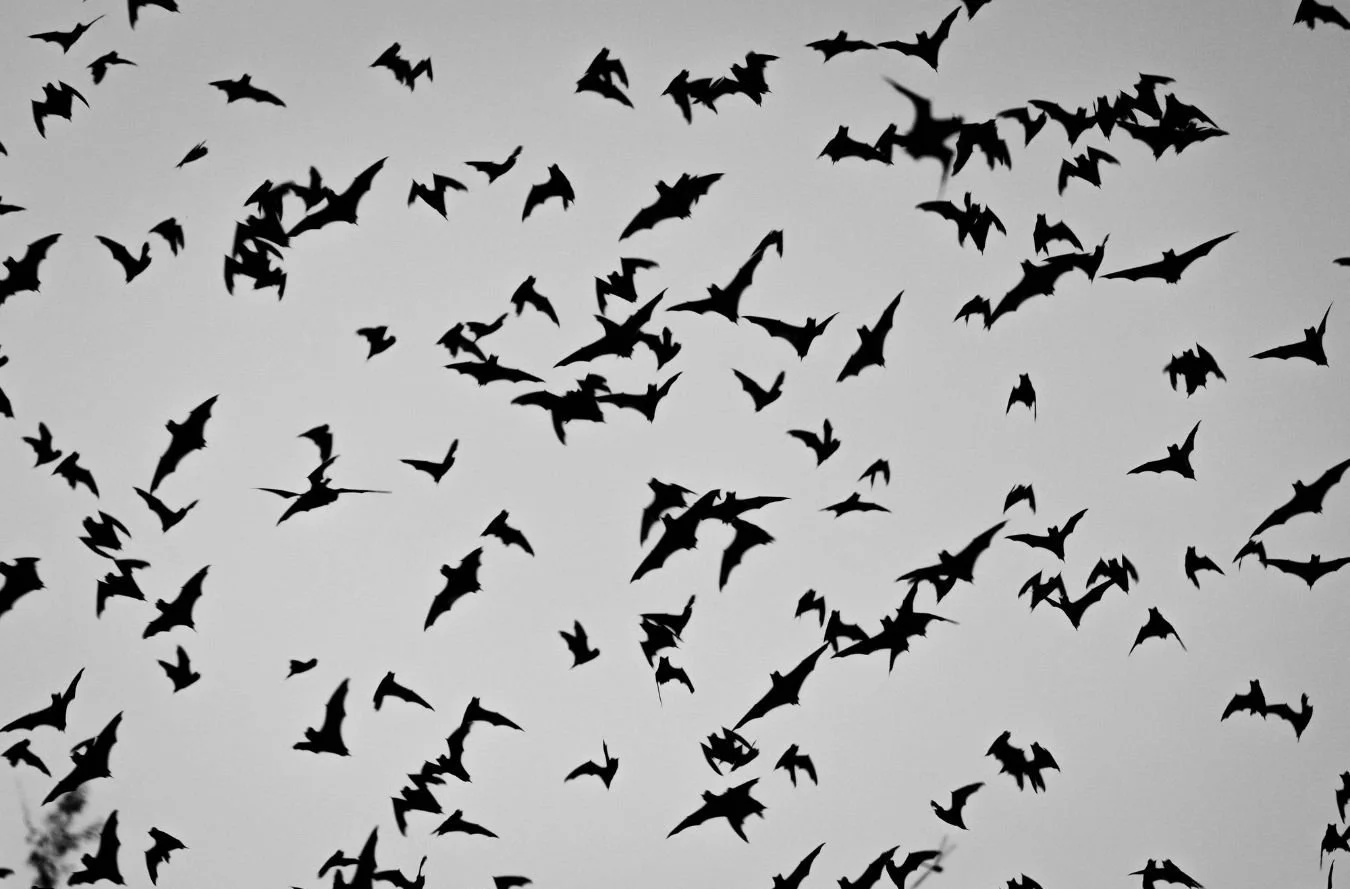Myth Busters: Bat Edition!🦇
A group of bats is called a colony, but if they could also be called a cauldron (if they’re flying in the sky), camp (if they’re roosting in trees), or a cloud (if they’re emerging from a cave).
Bats are nocturnal to avoid predators, stay cool (since flying generates a lot of body heat, so it’s easier to stay cool while flying during the night), and because their eyes and echolocation work best in the dark.
4 Fun Facts about Bats🦇
Although sometimes bats get a bad reputation, they play an incredibly important role in pest control and pollination and seed dispersal. Here’s a couple surprising facts about bats:
There are more than 1,400 species of bats! This makes up 20% of all mammal species, and ranges from the bumblebee bat (Also known as Kitti’s hog-nosed bat, this is the smallest mammal in the world! Its body is 1 inch long with a 5.5 inch wingspan, and it only weighs 2 grams!) all the way to the large flying fox (Also known as the Malayan flying fox, this is the largest bat species in the world. Its body is 13 inches long with a 5.6 foot wingspan, and can weigh up to 3.5 pounds).
Bats are excellent pest controllers. A single little brown bat (a species found in North America) can eat 1,000 mosquitoes in an hour! Another amazing fact about the little brown bat is that they’ve been recorded to live up to 30 years in the wild - much longer than most small animals!
Bats are the only flying mammals! Flying squirrels get close, but they only glide.
Bats sleep upside down due to their unique anatomy. Their talons naturally grip when relaxed, so they can hang without using any energy. Also, bats can’t launch into flight from the ground like birds. So, when they hang upside down, that gives them a takeoff advantage because gravity can help them when they drop to gain momentum to fly.
And finally… is it true?
One common belief is that bats are blind - “as blind as a bat”! And while bats use echolocation (emitting high-frequency sounds that bounce off of objects and their surroundings) to navigate in complete darkness, they actually have excellent eyesight.
Some bats (like fruit bats) have large eyes and great night vision, and actually rely more on sight than echolocation
Some bats can also see ultraviolet light, which enables them to find flowers and fruits that reflect UV patterns
Bat’s eyes are adapted for their nocturnal lifestyle and have a higher number of rod cells, which helps them see better than humans at low light


